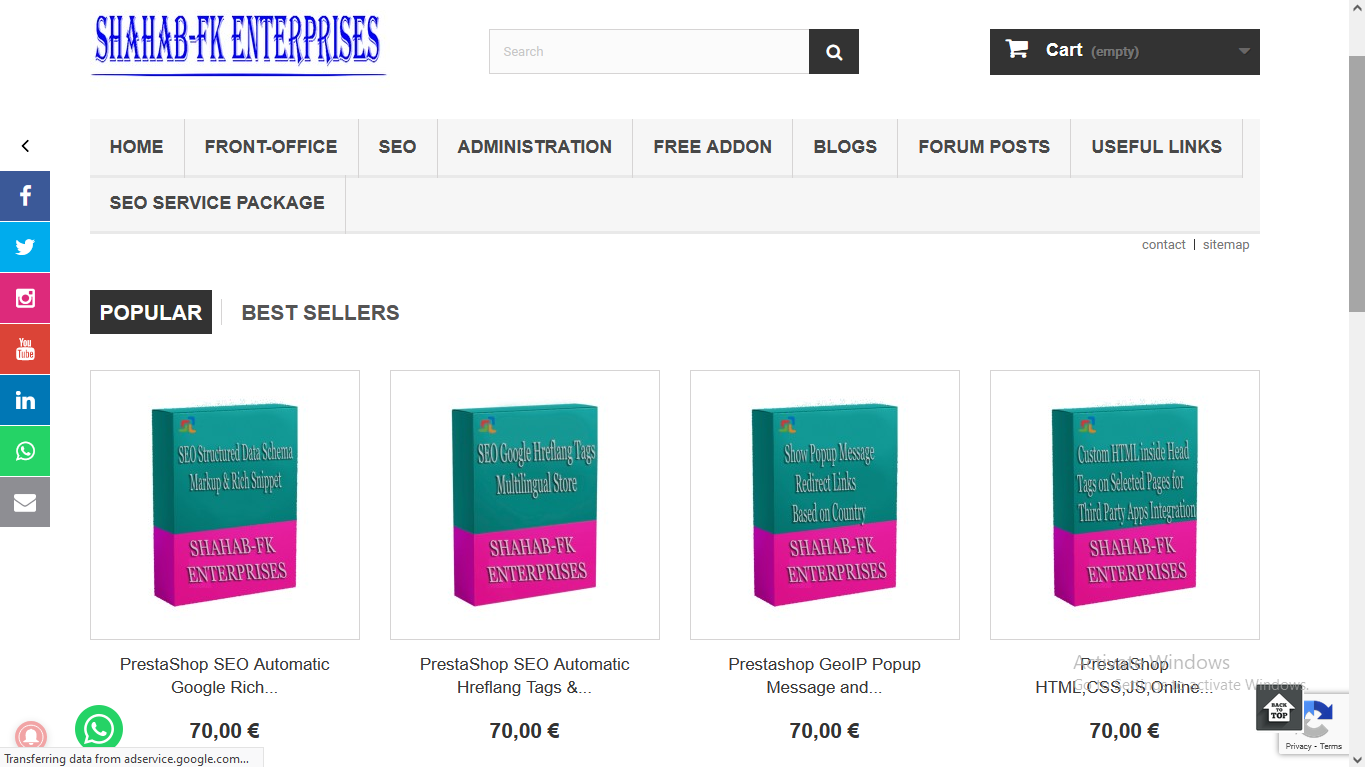In PrestaShop, product categories are a fundamental organizational structure that allows you to group and categorize your products for easier navigation and browsing on your e-commerce website. Properly organized categories make it easier for customers to find products they are looking for. Here’s how you can manage and work with categories in PrestaShop:
- Creating Categories:
- Log in to your PrestaShop admin panel.
- Go to the “Catalog” menu and click on “Categories.”
- Click the “Add new category” button.
- Fill in the category details, including name, description, and meta information.
- You can assign a parent category if it’s a subcategory. Subcategories help you create a hierarchical structure.
- Editing Categories:
- To edit an existing category, go to the “Categories” section.
- Click on the category you want to edit.
- Modify the category details as needed.
- Deleting Categories:
- To delete a category, go to the “Categories” section.
- Select the category you want to delete and click the “Delete” button.
- Be cautious when deleting categories, as this can affect the organization of your products.
- Category Images:
- You can upload category images to make your category pages visually appealing and informative. This can be done when creating or editing a category.
- Category Descriptions:
- Write category descriptions to provide information about the products in the category. Use SEO-friendly content and relevant keywords.
- Category Meta Information:
- Add meta titles and meta descriptions to improve your category’s SEO. These meta tags are displayed in search engine results.
- Category Associations:
- Assign products to categories to organize your inventory. You can do this when creating or editing products.
- Category Position:
- You can change the position of categories to control their order in navigation menus or on category listing pages. This is often done through a “Position” field when editing categories.
- Visibility and Activation:
- You can control the visibility and activation status of categories. An inactive category will not be displayed to customers.
- Category URLs:
- Configure SEO-friendly URLs for categories in the “SEO & URLs” section of the PrestaShop back office.
- Category Filters and Attributes:
- Use category filters and attributes to allow customers to refine their product searches within a category.
- Category Thumbnails and Icons:
- Customize the appearance of category thumbnails and icons using the theme and design settings in PrestaShop.
- Category Banners:
- Some PrestaShop themes and modules allow you to display banners or promotional content within specific categories.
- Multi-Lingual Categories:
- If you operate in multiple languages, you can create and manage category descriptions and meta information for each language.
- Category Permissions:
- PrestaShop allows you to set specific permissions for user groups regarding category management, ensuring that only authorized personnel can make changes.
Properly organizing and managing your PrestaShop product categories can greatly enhance the user experience on your e-commerce website and improve your site’s search engine visibility. Keep your category structure logical and user-friendly, and pay attention to SEO optimization to attract more visitors and potential customers.

